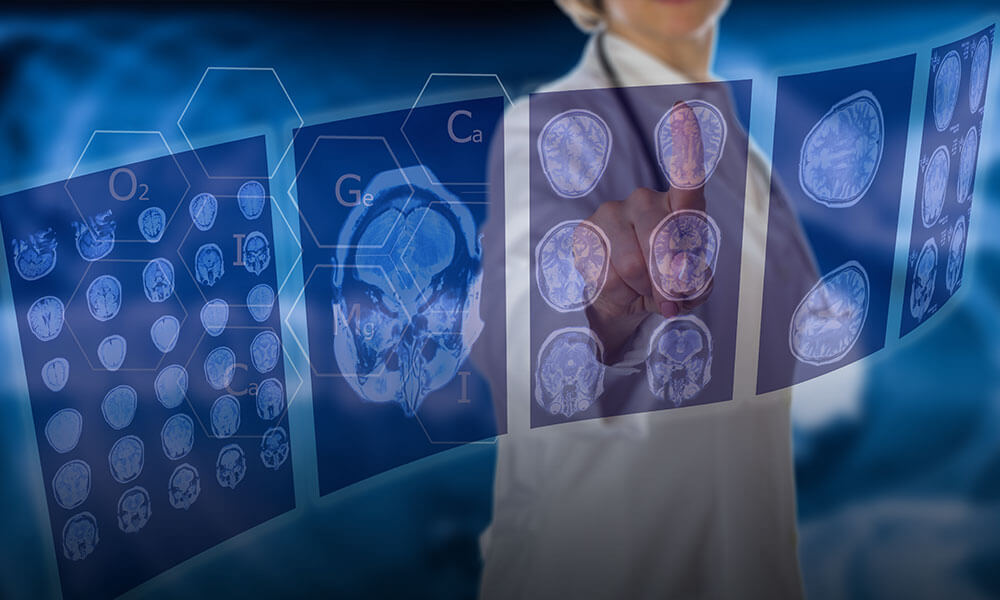The spinal cord is a tubular bundle of nerves, tissues, and supporting cells that travel from the brainstem to the lumbar vertebrae. It is the link between the brain and the nerves in the rest of the body. The spinal cord comprises 31 pairs of nerves that leave to go to the legs, arms, chest, and abdomen. These nerves carry commands from the brain to give and deliver it to the muscles, which cause movements of the legs and arms. The nerves control the function of vital organs like the lungs, heart, bowels, and bladder. A spinal cord injury can cause permanent damage to strength, sensation, and other body functions. Pain manifestations in spinal cord injury depend on a plethora of factors like severity, the site of injury, and nerves damaged because of the affected tissue’s injury.
Symptoms of spinal cord injury
The symptoms of a spinal cord injury differ from one person to another. Some common symptoms of spinal cord injury are as follows.
- extreme pain in the neck, head, or back
- inability to walk
- breathing problems
- difficulty with balance and coordination
- tingling sensation or numbness in the extremities
- loss of bowel or bladder control
Long-term symptoms of spinal cord injury
Some patients with spinal cord injury may have symptoms throughout their life. Such long-term symptoms include the following.
- Tetraplegia or paraplegia
- altered or loss of sensation
- muscle spasms
- loss of bowel or bladder control
- pain
- abnormal reflexes
- loss of sexual function or infertility
Diagnosis of spinal cord injury
Seek immediate medical attention if someone experiences significant trauma to the head or neck. In most cases, head or neck trauma victims have the possibility of a spinal injury. Medical experts will carry out emergency diagnostic tests such as a CT scan, MRI, or X-ray. These spinal cord injury tests will help the medical expert get a detailed look at the location of injury and abnormalities within the spinal cord. In diagnosing the injury, the medical history of the patient and timing are very crucial. The faster a patient gets the treatment, the better are the chances for recovery.
A doctor will test sensory functions through a thorough physical examination like feelings of cold, hot, pressure, pain, reflexes, muscle movement, and strength. This examination helps the doctors to determine if there is any damage to your thoracic, cervical, lumbar, or sacral vertebrae.
A few days after the spinal cord injury, doctors may carry out a complete neurological exam once the swelling subsides. It helps to diagnose the severity of the injury and predict the chances of full recovery or treatment outcomes.
Treatment of spinal cord injury
Treatment depends on the type, location, and severity of spinal cord injury. Once the medical experts assess the patient, they develop a suitable treatment plan to manage and prevent complications.
The spinal cord injury treatment’s first step is to verify that the patient is breathing and has a beating heart. If the injury happens in the upper neck, it can lead to loss of normal breathing control. So, the patient may need the placement of a breathing tube or a ventilator. Then, the patient may be given a high dose of steroids to decrease inflammation and swelling.
Next, the patient may be placed in traction or a halo device, which helps stabilize the spine and prevent further damage. For most spinal cord injury cases, surgery is a standard treatment. This helps to reduce the risk of any further damage. The type of surgery depends on the injury. The major goals of surgery are as follows.
- To relieve pressure: With the help of surgery, pressure on the spinal cord is reduced. It involves removing broken portions of the vertebrae that are compressing the spinal cord. Surgery reduces the compression of spinal cord caused by infection, tumor, or severe arthritis.
- Stabilization of the spine: If a fracture, tumor, or infection has weakened the vertebrae, they may not be capable of supporting the normal body weight and fail to protect the spinal cord. With the help of metal screws, rods, and plates, the vertebrae are held together and stabilized until the bones are healed.
Most patients with spinal cord injury benefit from occupational therapy, physical therapy, and rehabilitation treatment. These therapies help maintain long-term quality of life, physical strength, and mobility. Some patients suffer from emotional trauma after the injury. For such patients, counseling and psychotherapy is a boon.
It is important to see the doctors and medical providers regularly during the recovery time. These health care professionals can help manage complications and can recommend adaptive equipment to improve quality of life.


